Chardonnay is the king of the white grape family and the most famous wine grape in the world. But where does it come from, and how did it become so popular? Chardonnay is a difficult grape to pin down.

Chardonnay: A Versatile White Wine
Its origins lie in the village of Chassagne in the western French region of Burgundy. But the Chardonnay grape was grown for centuries in other parts of France and Germany. By the seventeenth century, Chardonnay had become popular in much of Europe. It was first planted in the United States in the early nineteenth century. Today, the Chardonnay grape is grown in many parts of the world, including Australia, New Zealand, South Africa, and many other parts of the southern hemisphere.
Is Chardonnay Sweet or Dry? Unveiling Its Range of Styles
It is one of the most sought-after wine grapes globally, but there’s a lot of confusion around what makes good Chardonnay wines. In general, Chardonnay is a dry to sweet wine depending on the region and production method. It is usually characterized by its yellowish-green color. However, it can also be categorized as being dry or semi-dry. So, what does that all mean? Read on to learn more about the different styles of Chardonnay and how you can spot the difference. Is Chardonnay sweet?
What Is Dry Wine?
Unlike the sweet red wines, such as Cabernet Sauvignon and Merlot varieties, the dry white wines are not usually high in sugar or alcohol content either. The sugar content of dry white wines is shallow, usually around 12 grams per liter. The only difference between a dry white wine and a sweet white is the type of yeast used during the fermentation process. The best way to spot an excellent dry white wine is its yellowish-green color.
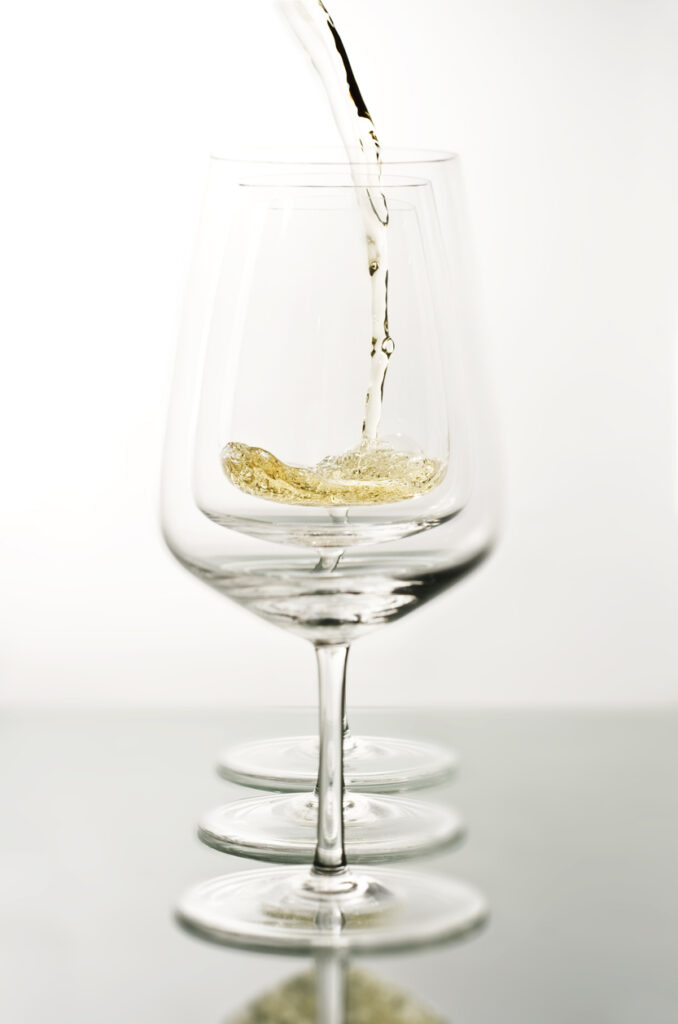
The flavor of a dry Chardonnay wines varies depending on the region from which it comes. More spicy green apple or grassy flavors often replace the sweet flavors. It however tastes better when served chilled. Now that you know a little more about dry and sweet Chardonnay wines, it’s time we look at the different styles of Chardonnay and how you can spot the difference.
Is Chardonnay Dry?
First things first – do you know if your Chardonnay is dry or not? This will help you determine how the wine will taste and how to pair it with food. To check if your Chardonnay is dry, pour a small amount of it into a glass and add a few drops of water. The goal is to see if the water absorbs into the wine.
If it does, then your Chardonnay is dry. If it doesn’t, then your Chardonnay is sweet. Now that you know if your Chardonnay is dry or not, what does it mean? Here’s a quick explanation of each dry style.
- Dry white: No sweet flavors at all, low fruitiness or floral notes. –
- Granny style: More of a spicy, bitter taste like roasted nuts or herbs.
- Semi-dry: Just enough sweetness, but no excess.
- Sweet: Overly sweet, too much for most wine lovers especially ice wine.
The Sweet Chardonnay
Unlike the dry Chardonnay, the sweet Chardonnay is usually characterized by its fruity flavors.

The sweetness levels depend on the variety of grape used. This can be seen from the wine sweetness chart. There are many different sweet wine varieties comparable to Chardonnay. This includes Gewurztraminer, Pinot blanc, Riesling, Straw, Viognier, pinot grigio, Semillion and Blanc de Noir wines based on Cabernet Sauvignon or Pinot Noir (Blanc de noir).
What makes Chardonnay sweet?
There are a few factors that affect the sweetness levels of Chardonnay wines. These factors contribute to the sweetness of the wine and are determined by the grape variety used, the climate, and the amount of sugar in the soil where the grapes are grown.
Vine variety
According to wine expert Randall Wright, the different grape varieties contribute to the sweetness of the wine. For instance, the viognier grape has low levels of acidity, which means it has high levels of sugar. This gives the white wine a sweet, honey-like flavor.
In the case of Chardonnay wine other factors apply to make Chardonnay sweet.
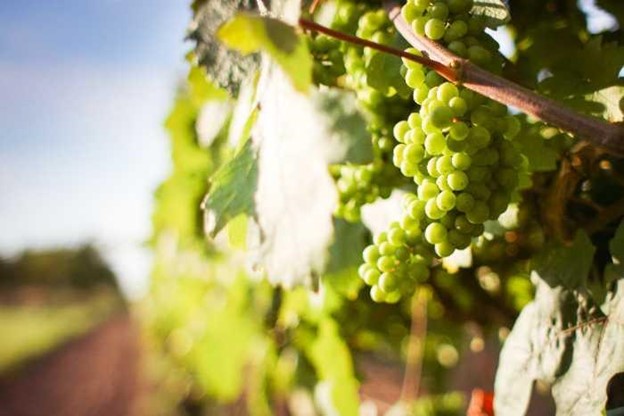
Climate
The type of climate in which the grapes are grown also affects the sweetness of the wine. The hotter the climate, the sweeter the wine as the vines generate more sugar in the chardonnay grapes.
Warm climate chardonnay wines from the Napa Valley, California are sweeter than from cool climate chardonnay regions like New Zealand or the Chablis region in France.
The climate is one of the main factors influencing the sweetness spectrum of a dry wine varietal.
Vineyard soil
The type of soil where the grapes are grown also affects the sweetness of the wine. Loose soil generates more sugar and a higher pH level, which contributes to the sweetness of the wine.
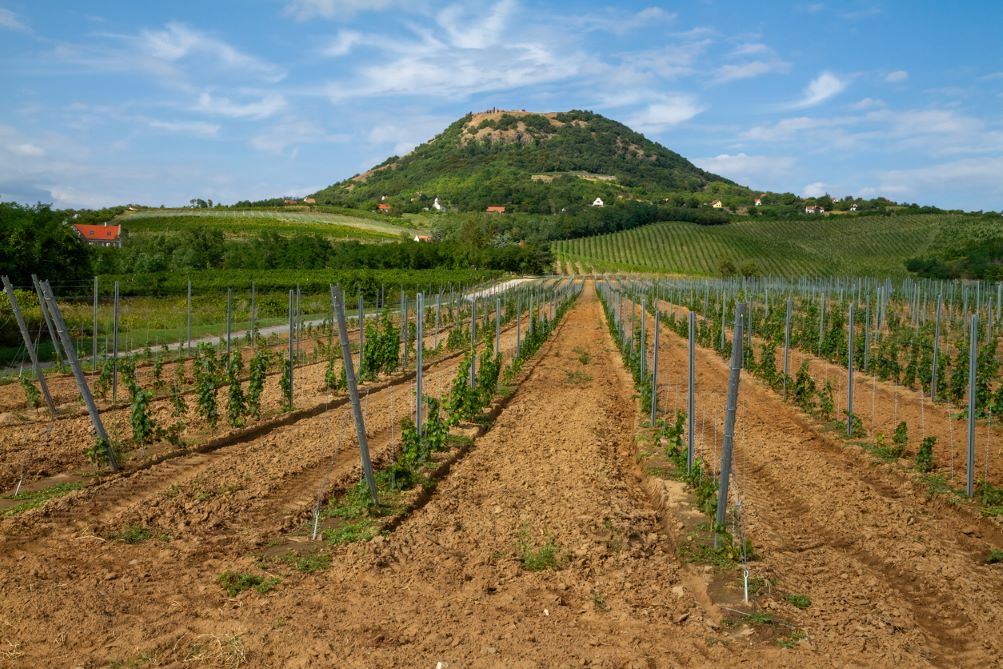
Winemaking Technique For Sweet Chardonnay
There are many different methods used to make sweet Chardonnay. These include Oaked Chardonnay with a higher amount of residual sugar, unoaked Chardonnay with a high acidity level and lastly wines that have malolactic fermentation.
Residual Sugar Levels in Sweet Chardonnay
The residual sugar level in the sweet Chardonnay determines the sweetness. The higher the residual sugar, the more sweetness there is. Residual sugar levels can range from 10 percent to 20 percent, depending on the type of grape and varietal used. According to Randall Wright, a typical sweet Chardonnay would have about 15 percent residual sugar.
Harvesting Time
Another factor that affects the sweetness levels in the sweet Chardonnay wine is the harvest time. The longer it takes for the grapes to ripen, the sweeter they become. The bold tropical fruit flavors for warm climate chardonnay are something else. The tropical fruit flavors are the primary flavors of warm climate chardonnay which are formed during the ripening period and due to the higher temperature.
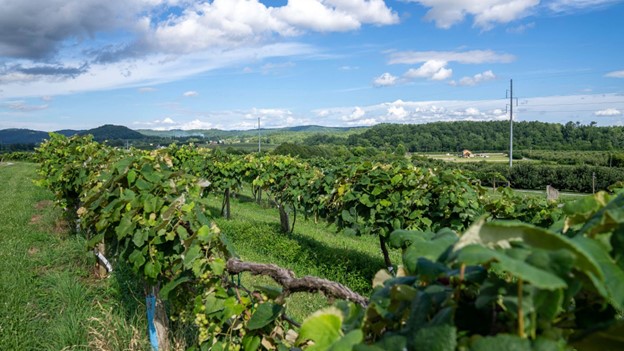
Which is sweater oaked Chardonnay or unoaked Chardonnay?
When it comes to Chardonnay, the debate between oaked Chardonnay and unoaked Chardonnay often sparks lively discussions among wine enthusiasts. Oaked Chardonnay is known for its rich, creamy texture and notes of vanilla and toast, derived from being aged in oak barrels. The buttery flavors are created during the malolactic fermentation whereas the vanilla aroma originated from winemaking techniques like storage in oak barrels.
On the other hand, unoaked Chardonnay showcases a more crisp and vibrant profile, highlighting the fruit-forward flavors of the grape without any influence from oak. Unoaked chardonnay wine is made using stainless steel tanks and winemaking techniques omitting malolactic fermentation.
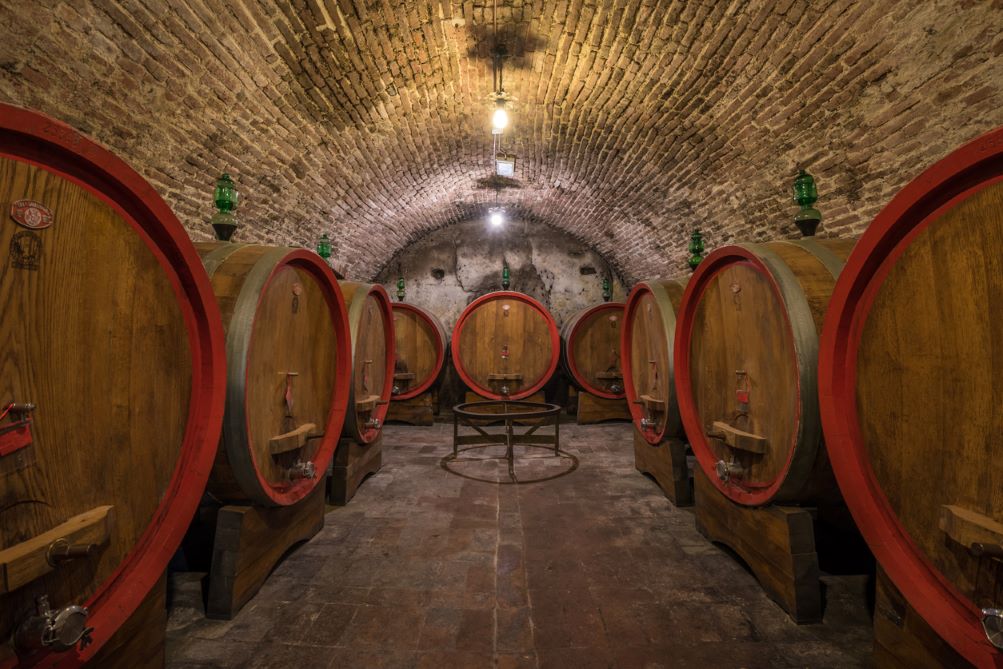
The sweetness factor in Chardonnay ultimately comes down to personal preference. While oaked Chardonnays can have a slightly sweeter taste due to the caramelization of sugars during aging in oak barrels, unoaked Chardonnay tends to emphasize the natural fruit flavors with a cleaner finish. The decision between oaked Chardonnay or unoaked Chardonnay depends on your palate preferences and what you are looking for in a glass of wine – whether it’s the luscious richness of oak or the pure expression of fruit flavors in an unoaked version.
Wines Made from Sweet Chardonnay
There are a variety of different wines made from sweet, Chardonnay grapes. These include; White wines, Sparkling wines, and Rosés. Sweet Chardonnay wine is usually best when young, between 0 to 5 years old. However, if it has been aged properly, it can be aged up to 20 years or more.
Different Flavors Of Chardonnay
As mentioned above, the sweet Chardonnay is usually characterized by its honey-like flavors. You’ll usually taste apple, pear, or perhaps more exotic flavors such as apricot, mango, yellow peach, or even tropical flavors like coconut or pineapple. The semi-dry style is also a sweet wine, but it has a more balanced flavor somewhere between the dry and sweet styles. The semi-dry style of Chardonnay is characterized by a mild sweetness, with flavors of tropical fruits, citrus, or even some melon.
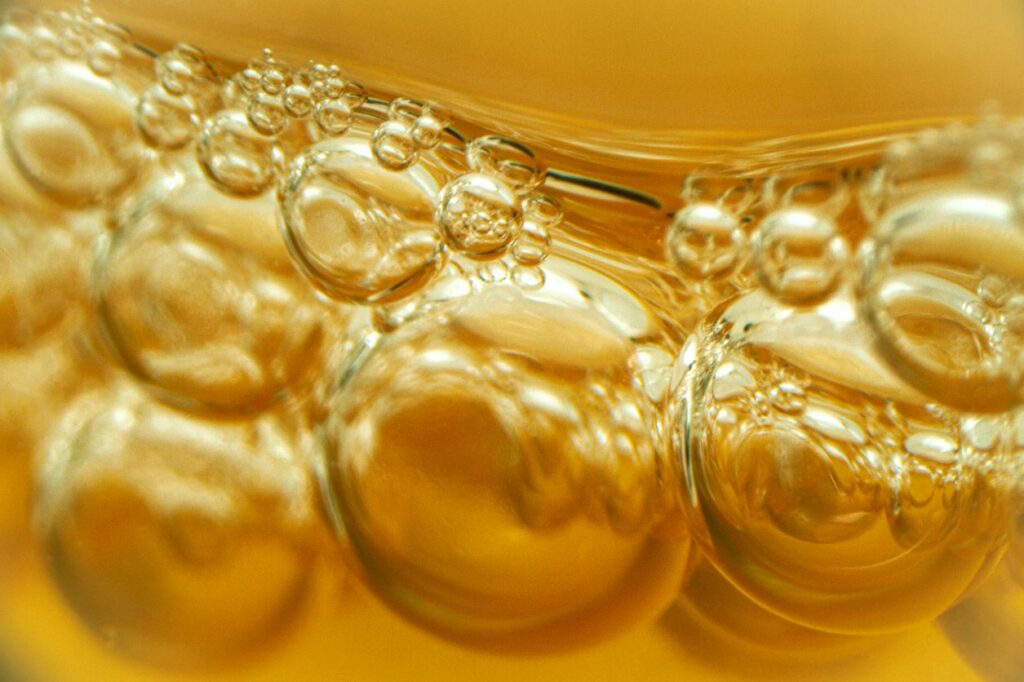
Semi-sweet dry white wine
The semi-sweet dry white wines are dry wines with a higher sugar content than the standard dry wines. The difference between these and the sweet wines is simply the sugar content. The most popular semi-sweet dry white wine is probably the Chardonnay. This is characterized by its yellowish-green color but has a slightly more spicy, green apple or citrus flavor than the sweet variety.
If you like dry white wines sauvignon blanc or pinot grigio are a good alternative to dry chardonnay especially if you like unoaked chardonnay taste. As for Chardonnay dry sauvignon blanc and dry pinot grigio are cool climate dry wines.
Chardonnay Food Pairing Options
Asian dishes – Yellow-green fruits such as apples, pears, and citrus fruits are perfect for the sweet Chardonnay. Try pairing your favorite Asian dishes with this fruit-flavored wine. – Chicken dishes – Chicken is one of the most popular meat dishes worldwide. It is usually seasoned with cumin, garlic, paprika, coriander, etc..
The same food pairings apply to dry sauvignon blanc, dry pinot gris and pinot grigio.
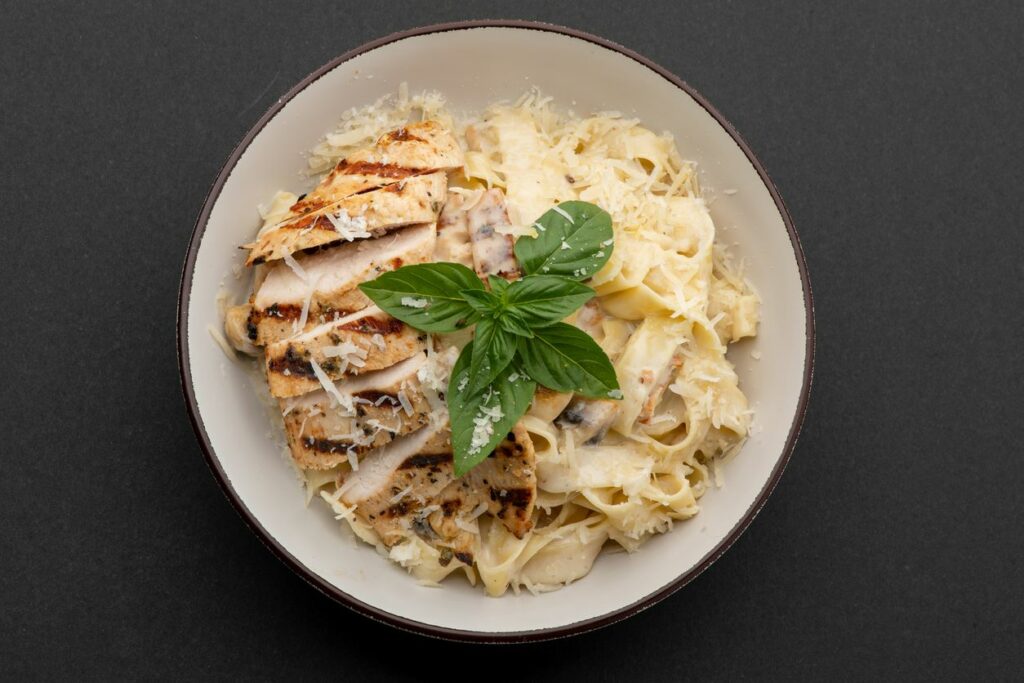
The sweet Chardonnay wine will go great with these spices. – Italian dishes – Fennel is a spice used in many Italian dishes. The sweet Chardonnay is perfect for pairing with these dishes. Seafood dishes – The semi-sweet Chardonnay’s tropical fruits and tropical flavors make it a great pair with seafood dishes.
Is Chardonnay Sweet Or Dry Compared to Other Wines?
This question is a little trickier to answer. The sweetness of Chardonnay is determined by the type of climate and the soil where the grapes are grown. It a cool climate chardonnay will taste sweeter if a grape variety grows in a hotter climate with looser soil.

But if a wine gets sweeter as it ages, it’s not necessarily a sign of sweetness in the wine – it could just be age! The only way to know if your Chardonnay is sweet or dry is to open the bottle and drink a glass or two.
If you like sweet wines Moscato is an interesting option, too.
Conclusion
As you can see, the world of Chardonnay is wide and varied. From the sweet and bone dry in styles to the different flavors of the grape, there’s a lot to explore and learn about. But don’t worry – you’ve just got the beginning of a remarkable wine journey! Chardonnay is home, and you need to try a bottle today!

